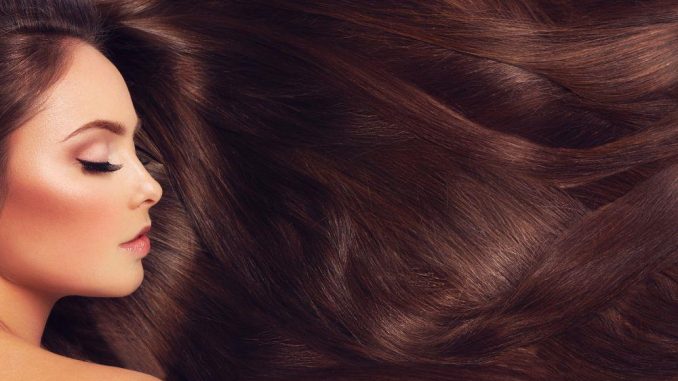
Chemical hair treatments offer a world of possibilities for transforming your locks. From vibrant colors to sleek straightness or bouncy curls, the options are endless. However, these treatments can also take a toll on your hair’s health if not properly cared for. Let’s delve into the different types of chemical treatments, popular trends, and essential care tips.
Types of Chemical Hair Treatments

- Coloring:
- Permanent hair dye: This involves a chemical process that alters the hair’s natural pigment.
- Semi-permanent hair dye: Deposits color on the hair’s surface without penetrating the hair shaft, fading gradually over time.
- Highlights/Lowlights: Involves lightening or darkening specific strands of hair for a multi-tonal effect.
- Balayage: A freehand technique that creates a sun-kissed, natural-looking color gradient.
- Texturizing:
Hair Treatment Trends
- Bold Colors: Vibrant hues like pink, blue, and purple are gaining popularity.
- Balayage and Ombré: These techniques continue to be sought after for a natural, sun-kissed look.
- Hair Botox: This treatment aims to restore damaged hair, reduce frizz, and add shine.
- Keratin Treatments: Smoothen and straighten hair while reducing frizz, but the use of formaldehyde-based treatments has become controversial.
Caring for Chemically Treated Hair
- Use Gentle Products: Opt for sulfate-free and paraben-free shampoos and conditioners designed for chemically treated hair.
- Deep Conditioning: Regularly treat your hair with deep conditioning masks to restore moisture.
- Limit Heat Styling: Excessive heat can further damage your hair. Use heat protectants whenever possible.
- Regular Trims: Trim your hair every 6-8 weeks to prevent split ends and maintain healthy hair.
- Avoid Overwashing: Washing your hair too frequently can strip it of natural oils.
- Protect from the Sun: UV rays can fade color and damage hair. Wear a hat or use hair products with SPF.
- Hydration: Keep your hair hydrated by drinking plenty of water and using hydrating hair products.
Remember: The key to maintaining healthy chemically treated hair is consistent care and attention. If you’re unsure about a particular treatment or product, consult with a professional hairstylist.
Reference
1. How to Avoid Damaging Your Hair During Treatments: Dos and Don’ts
www.naturalherbalhaircare.com.sg
Permanent vs. Semi-Permanent Hair Color: What is the Difference? | Hair.com www.hair.com
What’s the difference between permanent and semi-permanent hair colour? joshwoodcolour.com
Art of Balayage: Achieve Dimension and Sun-Kissed Hair – Liquid Hair Salon www.liquidhairsalon.com
Ultimate guide to different types of perms – Verb Products www.verbproducts.com
Chemical Straightening Process: Permanent Hair Straightening 101 | Cosmetology & Beauty School www.evergreenbeauty.edu
Hair Botox: What It Is, Benefits, and More – Health www.health.com
Tips to take care of chemically treated hair – mCaffeine www.mcaffeine.com
How does heat damage hair? – Dyson www.dyson.com 2. Chemical hair treatments: Types, trends and vital tips for maintaining healthy, stylish locks www.hindustantimes.com
How Often Should You Trim Your Hair To Prevent Split Ends? – Love Beauty and Planet’s products lovebeautyandplanet.in
Daily hair washing: Recommendations and alternatives – MedicalNewsToday www.medicalnewstoday.com
Does UV Exposure Cause Hair Loss? How Do I Protect Myself? www.imamihair.com 2. Sun Protection for Hair: The Importance of Using SPF Hair Products – Lotus Botanicals www.lotusbotanicals.com
Leave a Reply